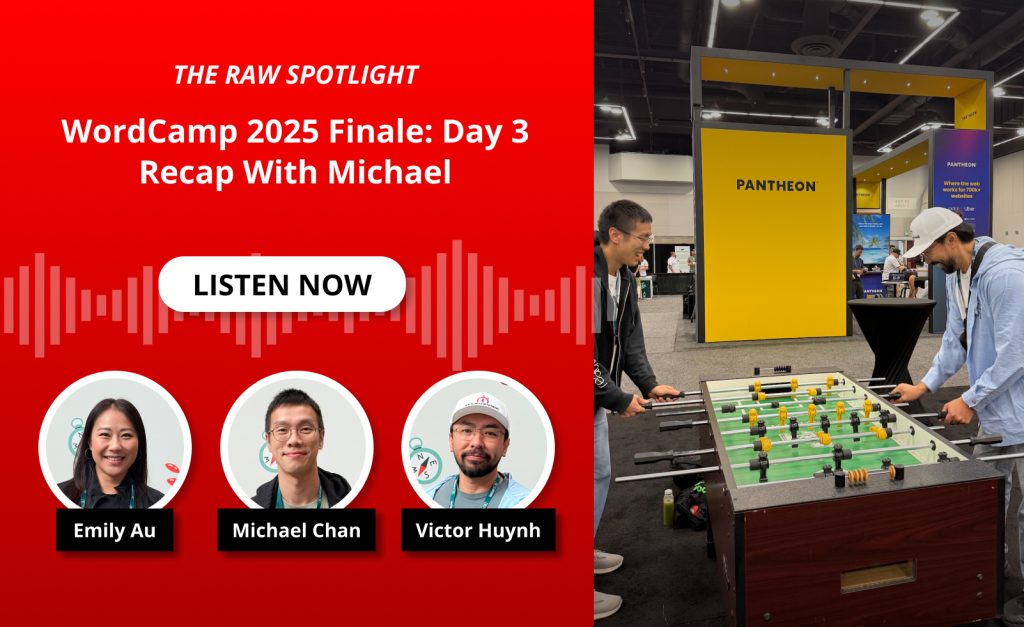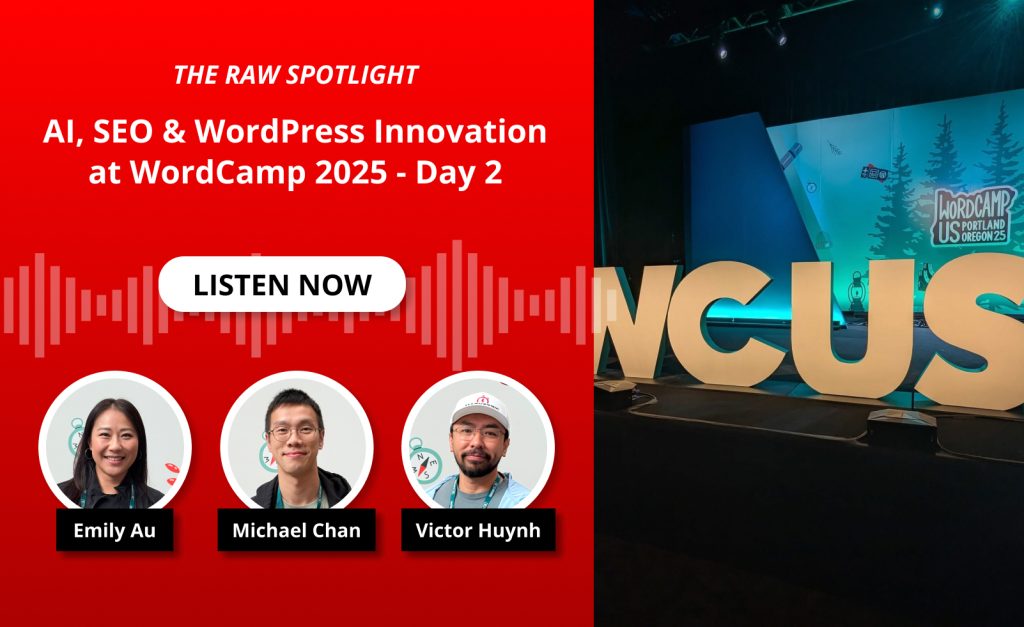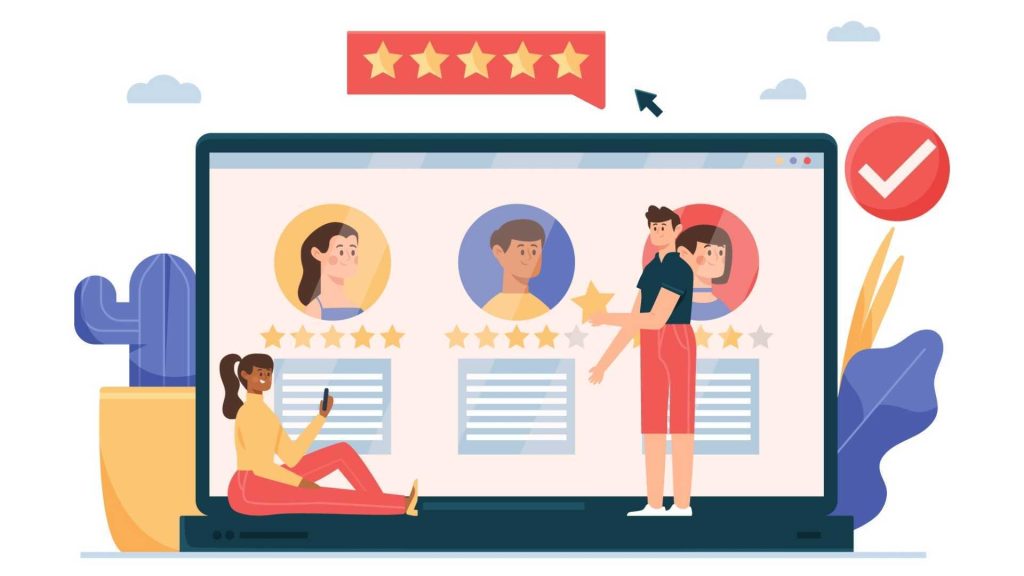Effective B2B PPC Strategies
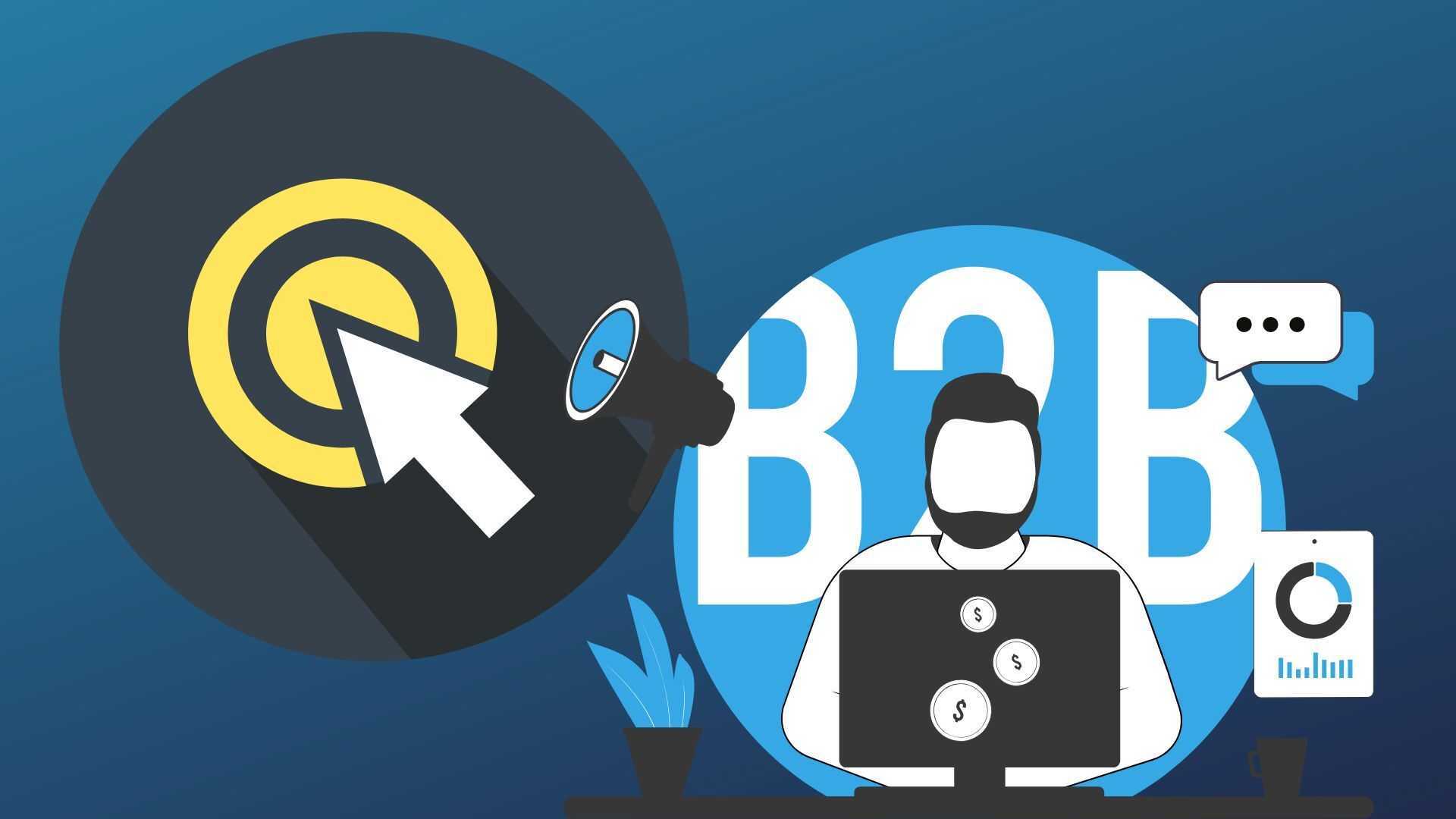
The B2B PPC landscape is evolving rapidly in 2025. Marketers are adapting to major shifts such as AI-powered campaign management, increasing data privacy restrictions, and a more cautious, research-driven buyer behavior. Paid search remains a powerful channel, but the way it’s executed has become more precise and technically sophisticated. Success now requires a strategy that combines automation, intent-driven messaging, and deep integration with sales data.
In this article, we’ll walk through the most effective B2B PPC strategies available today, each designed to help you reach the right audience, generate qualified leads, and drive meaningful pipeline impact at scale.
Key Takeaway:
B2B PPC success in 2025 depends on precise keyword targeting, firmographic audience segmentation, and CRM-integrated performance tracking. Campaigns that use AI-driven optimization and behavior-based retargeting generate higher-quality leads and stronger pipeline results.
What is B2B PPC Advertising?
B2B PPC (pay-per-click) advertising is a form of digital advertising that involves running paid ads on platforms like Google Ads and major social media networks, including LinkedIn and Facebook, to reach business decision-makers. Unlike B2C advertising, where the goal is often an immediate sale, B2B PPC focuses on generating high-quality leads that convert over time.
With higher price points, longer sales cycles, and multiple stakeholders involved, B2B campaigns must deliver value-driven messaging and capture interest early in the decision-making process. Success is measured not just by clicks, but by the quality and progress of leads within the sales funnel.
Strategic Keyword Planning
In B2B PPC, keyword strategy is not about volume; it’s about intent. High-traffic keywords may attract clicks, but if they don’t reflect the real needs of your audience, they waste budget.
Focus on long-tail keywords that reflect specific problems, tools, or business use cases. Phrases like “cloud security software for enterprises” or “B2B CRM platform for manufacturers” indicate a level of research and intent that general terms like “CRM” or “software” do not.
For example, a software company targeting finance departments might prioritize “automated financial reporting tools for CFOs.” This narrows traffic to users with buying authority and clear intent.
Keyword grouping also matters. Segment your campaigns by intent stage, distinguishing between top-of-funnel educational queries and bottom-of-funnel product-specific searches, to tailor your ad messaging accordingly.
Effective Audience Targeting Techniques
Audience targeting is the engine of B2B PPC performance. It’s not enough to drive traffic, you need to reach decision-makers in the right organizations, at the right time.
Use firmographic filters like company size, industry, and geographic region to narrow your reach. Then, layer in job titles, functions, or seniority levels to focus on actual decision-makers or influencers.
Google’s custom intent audiences allow you to target users based on previous search behavior. LinkedIn’s strength lies in its professional data, letting you target users by role, skill set, company name, or group membership. Facebook, while broader, can be effective for retargeting and extending reach to professionals already familiar with your brand.
For instance, a SaaS company offering HR analytics could target “HR Directors at companies with 500+ employees in the healthcare sector.” This level of targeting ensures that every click has the potential to move a lead closer to conversion.
Crafting Compelling Ad Copy for B2B
In B2B PPC, your ad copy must do more than attract attention; it needs to promise value. Buyers aren’t swayed by clever taglines. They want to know: Will this solve my problem? Is it worth my time?
Effective B2B ad copy speaks directly to outcomes. For example:
“Cut onboarding time in half with our HR automation platform.”
This communicates a business benefit, implies ROI, and positions the product as a solution.
Use headlines that focus on results, and descriptions that support credibility or urgency. Calls-to-action should align with the funnel stage:
“Get a Free Demo,” “Download Case Study,” or “Compare Plans” work better than generic CTAs like “Learn More.”
The Role of Landing Pages in PPC Success
Once a user clicks, your landing page must convert interest into action. A high-performing B2B landing page is tightly aligned with your ad message and built to qualify leads, not just collect contact info.
Minimize friction. Ask only for essential information, especially on first contact. Use trust indicators like client logos, industry certifications, or quotes from existing customers to build credibility.
For example, if your ad promises “improved logistics planning,” your landing page should deliver a concise explanation of how your tool achieves this, supported by proof, like a customer quote or a downloadable efficiency report.
Make sure the CTA is clear, focused, and valuable. Avoid asking for a meeting too early in the journey; offer content or tools that match the buyer’s current stage.
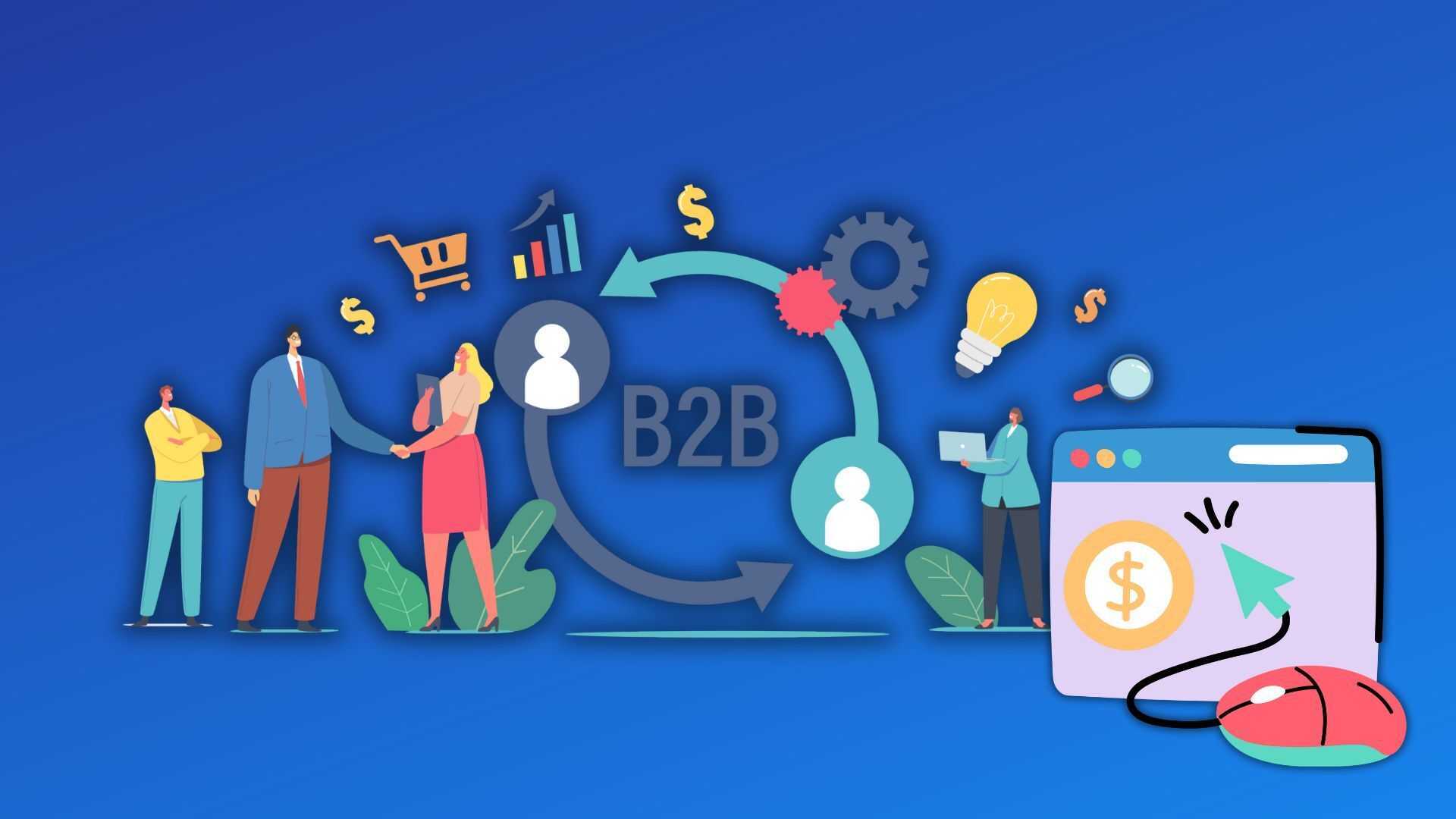
Leveraging Retargeting for Long Sales Cycles
B2B decisions rarely happen after a single touchpoint. Retargeting keeps your brand visible during the long evaluation process.
Segment your audience based on on-site behavior, such as visiting a product page, starting a demo request, or downloading a whitepaper. Then serve ads that reinforce value or address common objections.
For example, a visitor who abandoned a demo signup might be shown an ad featuring a testimonial video or a detailed feature comparison guide.
Sequential retargeting works well in B2B, where each touch can build trust, provide clarity, and move the prospect one step closer to conversion.
Integrating CRM and PPC Platforms for Smarter Attribution
Tracking leads from click to close is essential in B2B. By integrating your PPC campaigns with your CRM (like Salesforce or HubSpot), you gain visibility into which campaigns generate real pipeline, not just form fills.
This allows you to attribute value to every keyword, audience, and ad variation. It also enables lifecycle-based retargeting, custom audience creation, and smarter budget decisions.
For instance, if your CRM shows that leads from LinkedIn Ads convert at a higher rate than those from Search, you can shift investment accordingly. You’re no longer guessing, you’re optimizing based on business results.
Continuous Optimization: The Key to Success
PPC campaigns must evolve constantly. Without ongoing refinement, performance stagnates and costs rise.
Use A/B testing to experiment with headlines, CTAs, and landing pages. Review your search terms reports to uncover irrelevant clicks and add negative keywords. Adjust bids based on device performance, location, or audience segments.
In 2025, AI-powered tools will make this easier. Google’s smart bidding options (like Maximize Conversions or Target CPA) use machine learning to optimize in real time. Automated ad rotation and audience segmentation tools also help reduce manual work while improving efficiency.
The key is to let automation handle the mechanics, but maintain human oversight to ensure alignment with business goals.
Metrics to Track for Effective Campaign Measurement
The right metrics help you focus on outcomes, not vanity.
Key B2B PPC metrics include:
- Cost per qualified lead (CPL)
- Lead-to-opportunity conversion rate
- Pipeline contribution
- Opportunity-to-close ratio
- Return on ad spend (ROAS)
Don’t stop at CTR or total conversions. Always connect ad performance to what matters most: revenue and sales velocity. Integrating your CRM data allows for deeper insights and better optimization decisions.
Common Pitfalls to Avoid in B2B PPC Campaigns
B2B marketers often fall into traps that undermine results. Broad targeting, for example, can drive irrelevant clicks from users with no decision-making power. Ignoring negative keywords leads to budget waste.
Another misstep is misaligned messaging between ads and landing pages, a disconnect that confuses users and hurts conversions. Relying solely on platform metrics without CRM validation can also give you a false sense of success.
Finally, failing to use retargeting, or applying it too generically, means you’re losing touch with high-potential leads already familiar with your brand.
Before You Launch: B2B PPC Checklist
Use this quick checklist to ensure your campaign is built for success:
- Keywords are segmented by funnel stage and matched to intent
- Audience targeting includes job titles, industries, and firmographics
- Ad copy speaks directly to outcomes and pain points
- Landing pages align with ad messaging and are optimized for conversion
- Retargeting flows are behavior-based and sequenced
- CRM is integrated for lead tracking and closed-loop reporting
- AI tools are enabled but monitored for strategic alignment
- Metrics tracked reflect pipeline and revenue—not just clicks
Conclusion
Effective B2B PPC in 2025 is about more than just getting traffic. It’s about reaching the right people, delivering value at every touchpoint, and aligning marketing with sales. When campaigns are driven by intent, powered by automation, and grounded in clear attribution, they become a scalable source of qualified leads and real business growth.
